| Structure | Name/CAS No. | Articles |
|---|---|---|
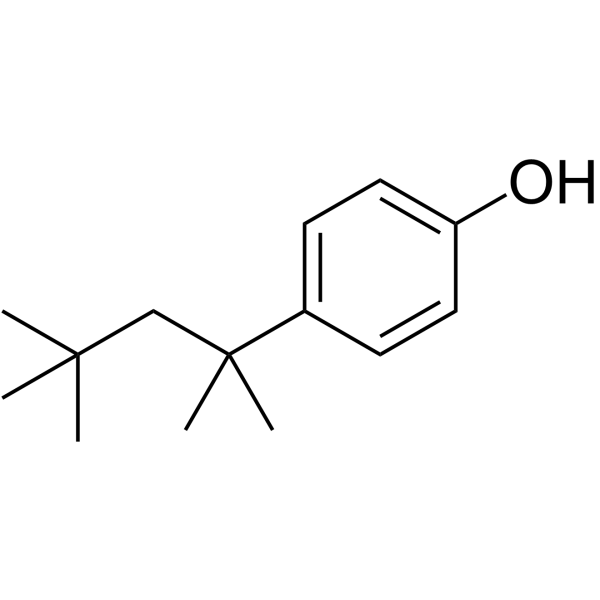 |
4-tert-Octylphenol
CAS:140-66-9 |
|
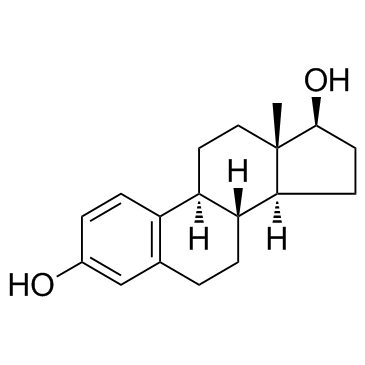 |
beta-Estradiol
CAS:50-28-2 |
|
 |
Methanol
CAS:67-56-1 |
|
 |
Estriol
CAS:50-27-1 |
|
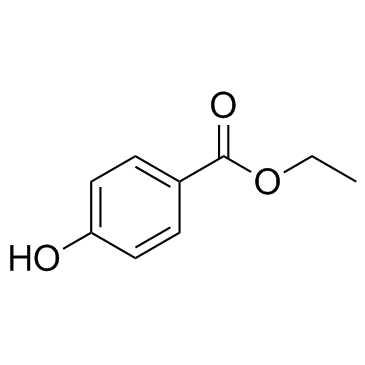 |
Ethylparaben
CAS:120-47-8 |
|
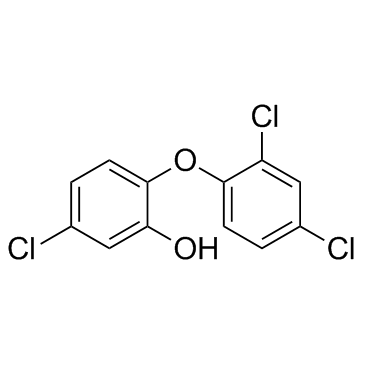 |
Triclosan
CAS:3380-34-5 |
|
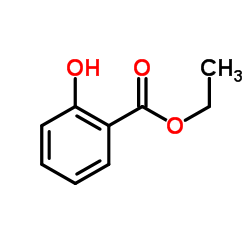 |
Ethyl salicylate
CAS:118-61-6 |
|
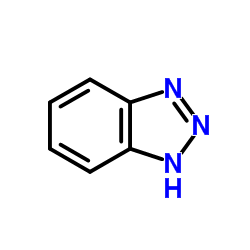 |
1H-Benzotriazole
CAS:95-14-7 |
|
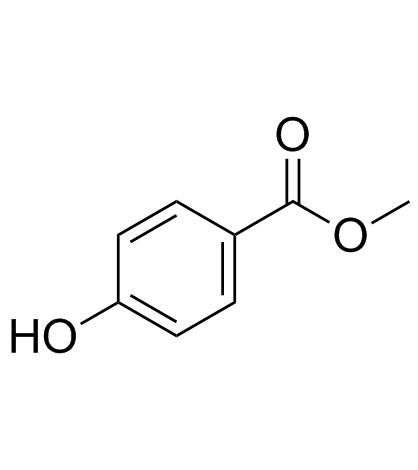 |
Methyl 4-hydroxybenzoate
CAS:99-76-3 |
|
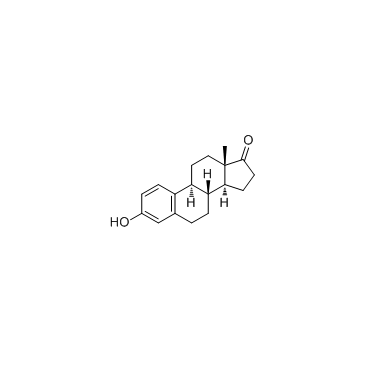 |
Estrone
CAS:53-16-7 |